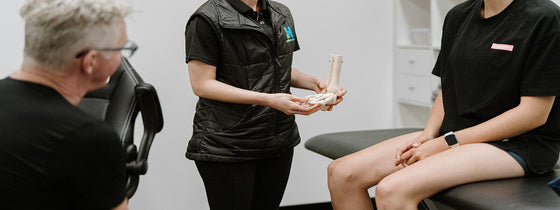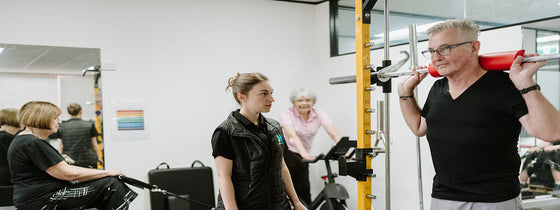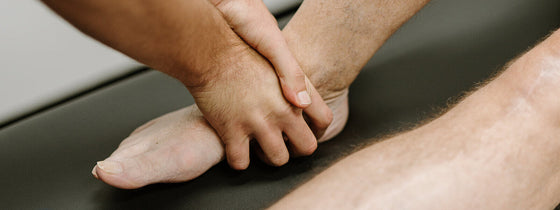It's no secret that flu season is well and truly here - and with three years of protecting ourselves from COVID, our immune systems are a little out of practice when it comes to fighting off the cold and flu. On top of that, many of us have come across COVID by now, with some still feeling its effects months after an initial diagnosis.
After COVID or the flu, it pays to remember the old adage - slow and steady wins the race. Returning to activities at a gradual pace before building back into daily routines is paramount - and what you can do will be dependent on any lingering symptoms.
Here are some tips and tricks for how to keep moving after a bout of illness that might have you performing below your peak -
1. LIGHTEN YOUR LOAD
Reduce your training intensity by around 40%
What does this mean for you?
Training obviously differs from one person to the next, impacted by our personal abilities and passions for movement.
Some examples of what reducing your training by 40% are:
As a runner - decrease your pace and avoid too many hills (tricky in Eltham, we know!)
As a weight lifter - decrease your weight and/or your repetitions
As a sport ball sportster - participate in training at a lower intensity - skills are an absolute yes, game play return to half games or intermittent play with breaks.
2. LESS IS MORE AND MORE IS... NOT SO HELPFUL
Reduce your training frequency
Consider replacing sessions with more gentle exercise such as walking as you ease back into your full training load for the week. If 4 or 5 exercise sessions is normal, start with 2 or 3 and build up gradually if this feels good.
3. LISTEN TO YOUR BODY
It tells you things for a reason
If you are noticing through training that things are not feeling so great, or you are short of breath or coughing, this is NOT a sign to push through. Reduce your intensity, or frequency, of training so you can get back to your normal output as safely and effectively, as possible.
The most recent guidelines show:

Source: https://bjsm.bmj.com/content/54/19/1174
If you are participating in classes at OHL, please advise your physiotherapist of your recent bout of COVID or flu, and we will modify your session to tailor it to your individualised needs.
Need some help or inspiration to get you back up and moving again?
Here are a couple of ideas for you:
* Take a gentle walk for 15-20 minutes, 3-5 x weekly
* Try this gentle, full-body, strength workout -
Start with your body weight, then progress to adding resistance bands (start with the lightest first) and weights
- sit to stands/squats
- bridges
- calf raises
- wall or bench push-ups
- bent over rows
Try 2-3 rounds of 10 for each exercise to begin with and modify the repetitions or weights based on your progress.
If you're still feeling unsure about what would be an appropriate starting point for you, or if you have further questions around this topic, book an appointment with one of The Optimal Health Lab clinicians online, or by calling (03) 9431 5955, to discuss your circumstances and get you right on track to finding your optimal health!

If you're experiencing back or neck pain with neurological signs and symptoms, a thorough neurological examination is crucial for accurate assessment and effective treatment. In this Optimal Tip learn more about what we mean by completing a neurological exam!

Squats, deadlifts, and calf raises are key movement patterns that should be part of every strength and conditioning program—regardless of age and activity level. These functional movements support joint health, improve posture and balance, and reduce the risk of injury while building strength where it matters most.

A ganglion cyst is a fluid-filled swelling that typically forms over a joint or tendon sheath, causing discomfort and pain, especially when pressing against nerves or joints. Proper assessment and treatment, including physiotherapy, are essential for managing symptoms and improving function in the presence of a ganglion in your hand, foot, or wrist.